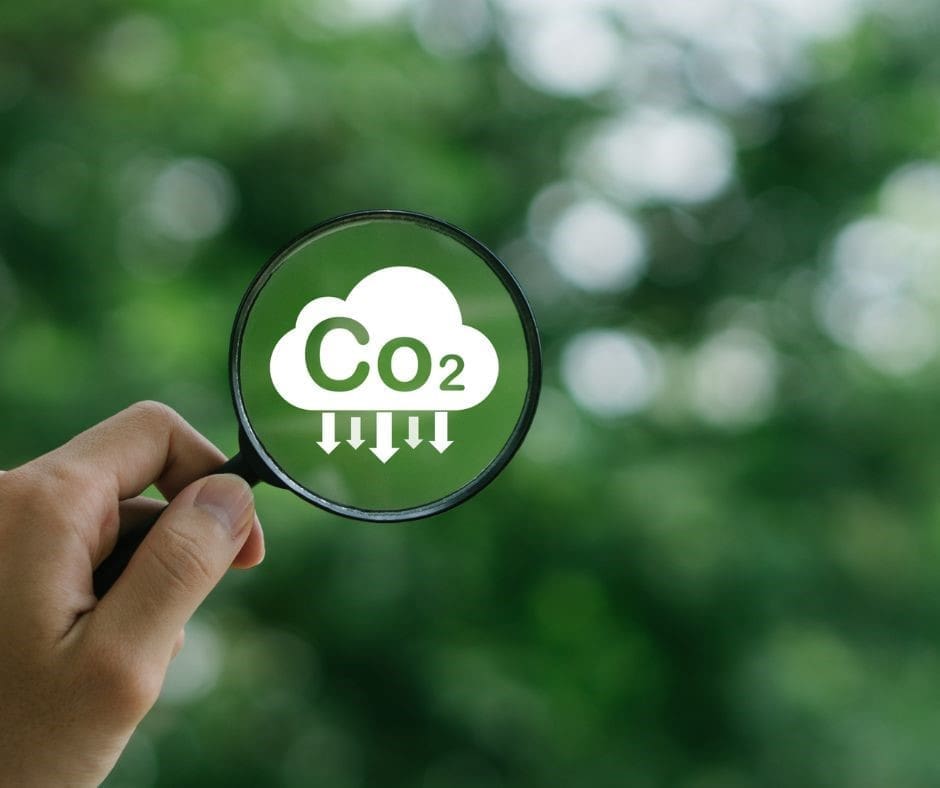In the US, agriculture is responsible for about 11% of greenhouse gas emissions, largely from soil tilling, which releases CO2, and excessive fertilizer use, which emits potent nitrous oxide. Regenerative farming can reduce these emissions by storing carbon in the soil and capturing nitrogen. Increasing extreme weather, such as droughts and heavy rainfall, threatens crop yields and supply chains. Nearly 20% of crop insurance payouts from 1991 to 2017 were due to rising temperatures, and this percentage is expected to increase.
Despite these challenges, conventional farming practices dominate due to strong incentives, as noted by Anne Schechinger of the Environmental Working Group. Current crop insurance policies mainly cover commodity crops like corn and soybeans, adhering to Good Farming Practices, which favor monoculture methods. The USDA has made some reforms, including offering incentives for cover crops and expanding coverage for climate-smart practices. However, these changes have limited impact.
The Whole-Farm Revenue Protection Program offers broader coverage but has low participation due to complexity and caps on insured revenue. The push for change relies on regenerative farmers who promote sustainable practices despite limited insurance options. The movement is growing with federal and corporate support, but insurance reforms are still needed.













